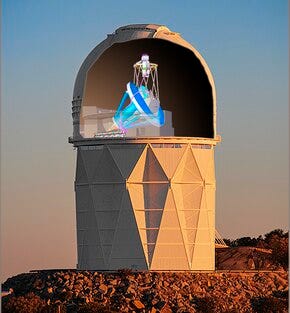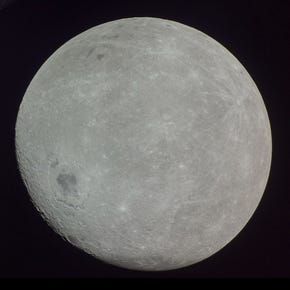In this issue of the newsletter, let us look at what’s in store for physics in 2025
We’ll be back to the usual weekly scheduled issues about Physics entangling with our lives from the next issue

Building upon the momentum of 2024's breakthroughs, the physics community is abuzz with anticipation for what 2025 holds.
Confirmation (or Refutation) of Weakening Dark Energy:
The potential change in dark energy strength detected by DESI in 2024 has ignited a firestorm of interest. Scientists eagerly await further data from DESI and other astronomical surveys to either confirm this revolutionary finding or reveal it as a statistical anomaly. The coming year could witness a paradigm shift in our understanding of the cosmos, potentially leading to the development of new theories about the nature of dark energy.

Deeper Exploration of Supersolids:
The creation of supersolids in the laboratory has opened up a new frontier in condensed matter physics. Researchers are keen to delve deeper into the properties of these exotic materials, exploring their behavior under different conditions and investigating potential applications. The connection between supersolids and neutron star glitches is particularly intriguing, with potential for laboratory experiments to shed light on the dynamics of these distant celestial objects.
Harnessing the Power of Quantum Geometry:

The link between associahedra geometry and real-world particle scattering amplitudes represents a major step forward in quantum geometry. Physicists will continue to explore this connection, seeking new geometric shapes that describe other particle interactions and refining the mathematical framework. This approach holds the promise of simplifying complex calculations in quantum field theory and providing a more intuitive understanding of the quantum world.
The Rise of Neutral-Atom Quantum Computers:
Neutral-atom quantum computers, once considered an underdog in the quantum computing race, have made significant strides, achieving fault-tolerant logical computations in 2024. This technology is poised for rapid development in 2025, potentially surpassing other quantum computing platforms in terms of scalability and stability.
Unveiling the Secrets of the Lunar Far Side:

Analysis of the lunar samples returned by China's Chang'e-6 mission is expected to yield fascinating insights into the geological history and evolution of the Moon's far side. These findings could help answer long-standing questions about the differences between the near and far sides of the Moon and provide valuable clues about the early solar system.
New Discoveries from the James Webb Space Telescope:
The James Webb Space Telescope continues to deliver breathtaking images and groundbreaking data, revolutionizing our understanding of the early universe. In 2025, we can anticipate even more stunning revelations as JWST probes further into the cosmic dawn, observes the formation of galaxies, and studies the atmospheres of exoplanets.

As we stand at the cusp of a new year, the physics community is brimming with excitement and anticipation. 2025 promises to be another year of remarkable discoveries, pushing the boundaries of knowledge and inspiring wonder about the universe we inhabit.
Stay entangled with us by subscribing

